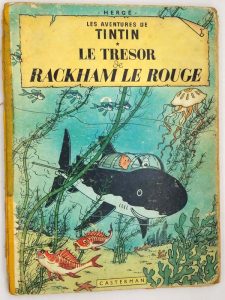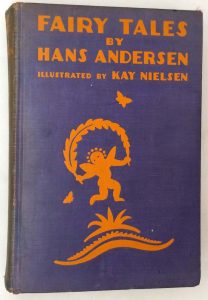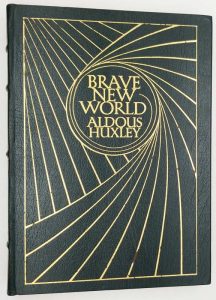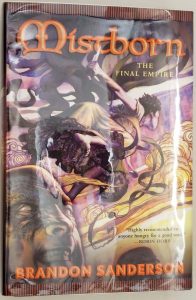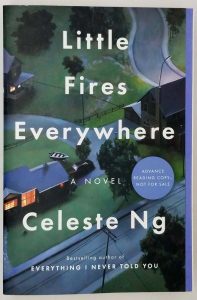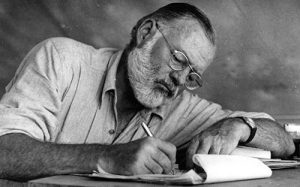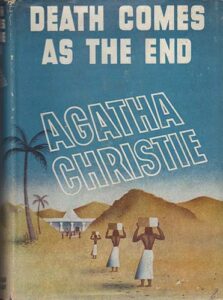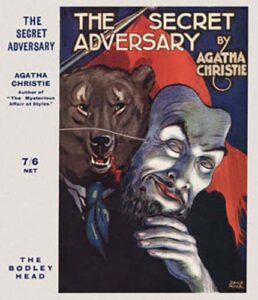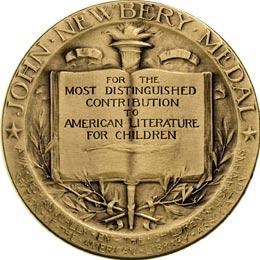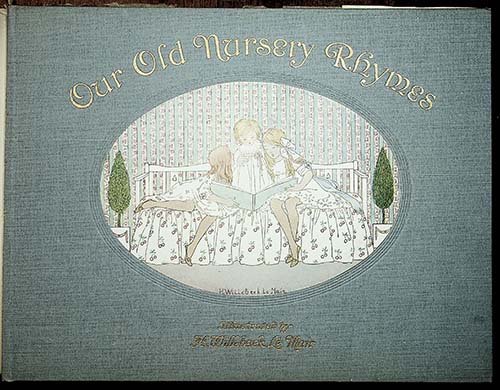
Our Old Nursery Rhymes (1911), compiled by Alfred Moffat and illustrated by Henriette Willebeck le Mair, represents one of the most exquisite children’s books of the Edwardian era. Published in London by Augener Ltd., this musical collection presents traditional English nursery rhymes through le Mair’s distinctive artwork that blends Dutch Old Master influences with delicate Japonisme. Each rhyme—from “Sing a Song of Sixpence” to “Little Boy Blue”—is accompanied by le Mair’s meticulously composed watercolors featuring children in elaborate historical costumes against softly rendered backgrounds. Her illustrations demonstrate an extraordinary attention to textile details, with embroidered frocks, lace collars, and ribboned bonnets rendered in precise brushwork that recalls Vermeer’s textural richness. The children themselves, with their solemn expressions and formal poses, radiate an old-world charm that transforms familiar rhymes into timeless vignettes. The book’s unique oblong format (11 x 8.5 inches) allows le Mair’s horizontal compositions to unfold like musical measures, perfectly complementing Moffat’s musical arrangements printed on facing pages. This harmonious integration of visual art, poetry, and music makes the volume a singular achievement in early 20th-century children’s publishing.
About Henriette Willebeck le Mair (1889-1966):
This Dutch prodigy began her artistic career astonishingly young—illustrating her first published book at age 14. Trained by her artist father and influenced by Hague School painters, le Mair developed a signature style that combined 17th-century Dutch compositional rigor with Art Nouveau delicacy. Her children’s book illustrations, created mostly between 1907-1915 before she abandoned commercial work, are characterized by historical accuracy in costumes and settings, often depicting children in Reformation-era dress. Unlike the playful, spontaneous children portrayed by contemporaries like Jessie Willcox Smith, le Mair’s figures carry a quiet dignity, their formal poses echoing Dutch Golden Age portraits. Our Old Nursery Rhymes represents her mature period, where she perfected the balance between decorative elegance and emotional resonance. After marrying in 1915, le Mair retreated from public artistic life, making her small but perfect body of illustrated works—all created before age 25—exceptionally prized by collectors.
For admirers of this edition, these kindred works may delight:
• Little Songs of Long Ago (1912) also by Moffat/Le Mair – a companion musical collection
• Mother Goose (1915) illustrated by Fanny Cory – offering American interpretations of similar rhymes
• A Nursery Rhyme Picture Book (1919) by L. Leslie Brooke – presenting more humorous approaches
